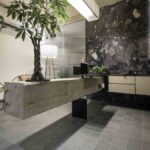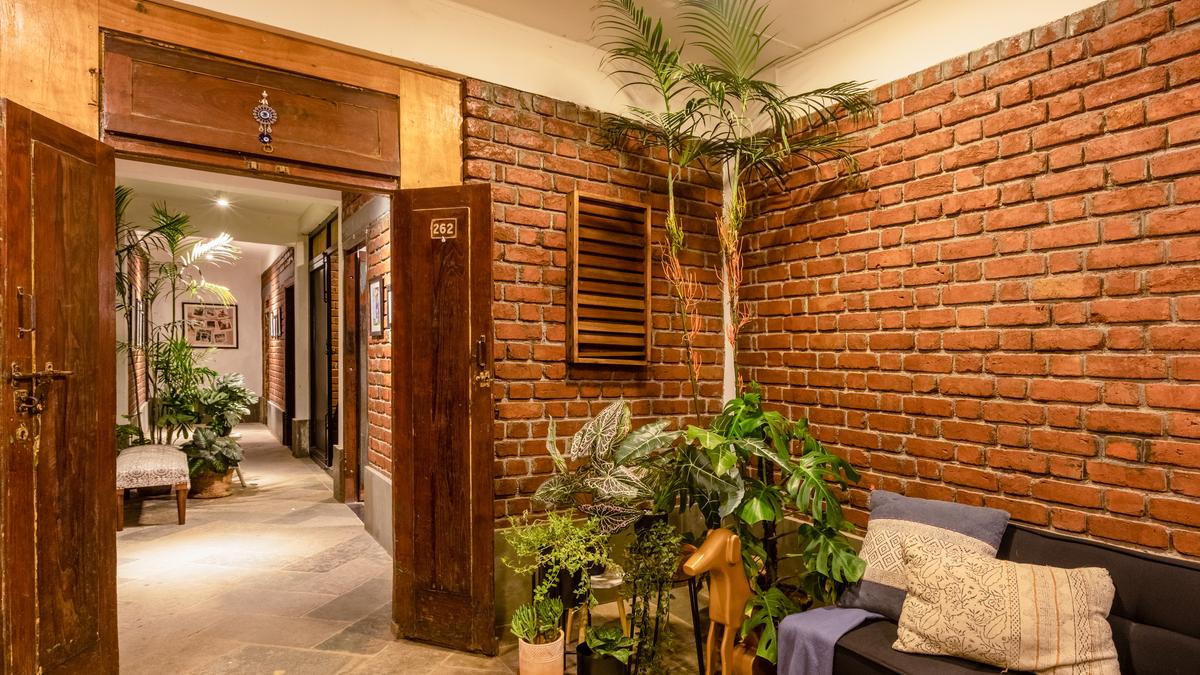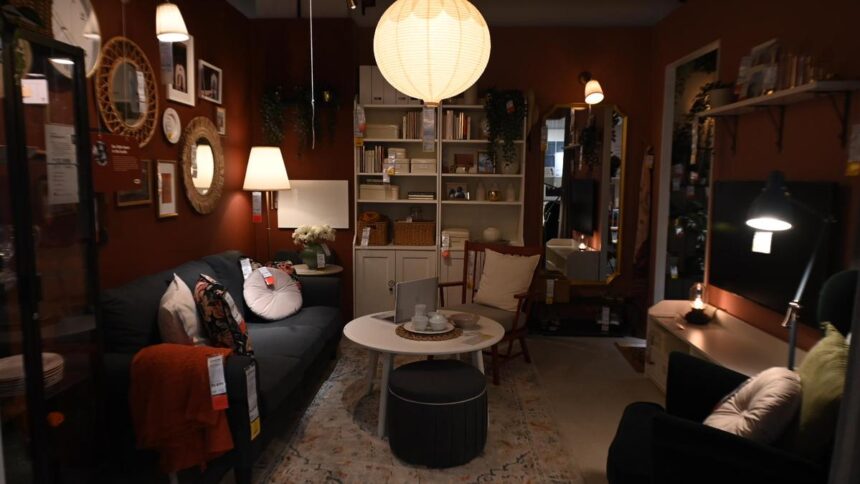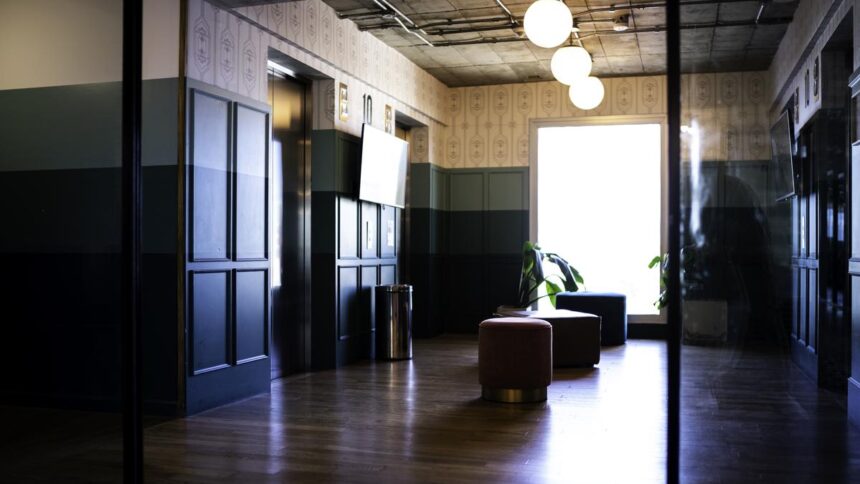A home is no longer an oasis just for people. With the number of pets in Indian households growing sharply from 26 million in 2019 to 32 million in 2024 (according to a report by consulting firm Redseer), Indian homes are now being conceptualised, designed, or retrofitted to suit the personalities of all residents — fur babies included. With Gen Z and millennials choosing to be pet parents and seeking safe homes for them, we speak to a canine behaviourist, a canine nutritionist, and architects on what it takes to meet this unique brief — whether you’re designing a home, buying a finished space, or renting one.
Materials matter
When Bengaluru-based Manssi Vedhya Karambelkar, canine nutritionist, holistic wellness practitioner and founder of Doggiliciouus, was looking to build a forever home, she was clear about what she wanted and, equally important, what she did not. “Her brief to us was to design a sustainable space that would be not just a home for herself and her two pet dogs but also an office and production unit, with both areas to be well separated from each other. The physical and emotional needs of her pets – both rescues with anxiety issues – and the ease of maintenance were to be considered in every aspect of the design process,” says Rosie Paul, principal architect and co-founder at Masons Ink. Her team worked on the Brick Loft – a multi-storey home dreamed in brick, with large French windows, tall ceilings and repurposed heritage doors. The focus was firmly on choosing textured, natural and non-toxic materials, from construction to décor.
Karambelkar adds, “For my dogs, mud flooring is the most appropriate, but it’s only possible to accommodate this if you’re building a house, not moving into one. We also chose raw Kota stone and local, unpolished black Kadappa stone that offers texture for the dogs’ footpads.”
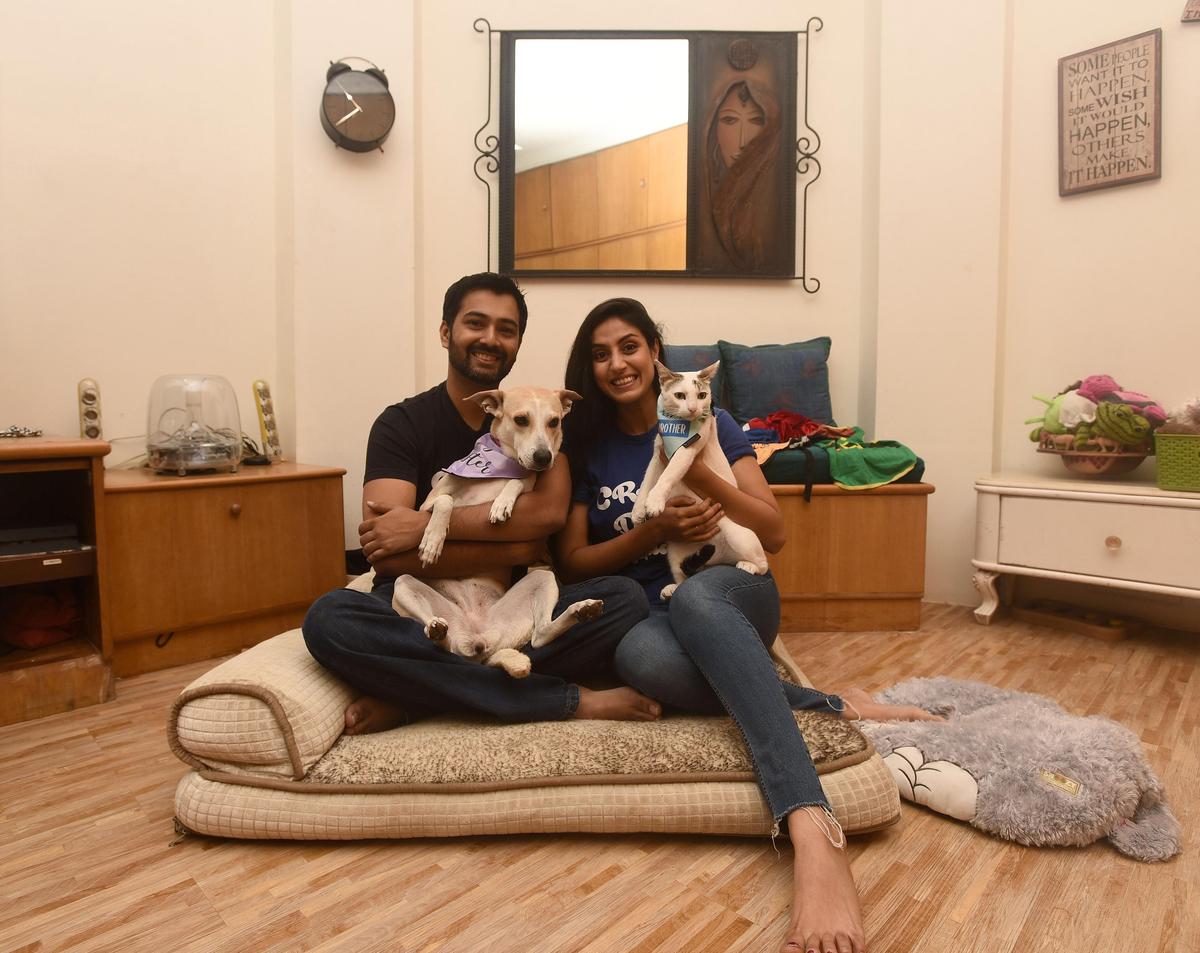
Mitali Salvi with her partner Ali and their fur family.
In terms of materiality, less is more, opines Mitali Salvi, a Mumbai-based canine behaviour therapist and trainer, who votes for simple solutions, especially for apartments. “I suggest using thick gym mats or interlocking tiles over smooth marble flooring or glossy vitrified tiles. Ensuring your animals are groomed with short nails/claws is important, or else any discomfort with the flooring can affect their stance, and that leads to joint issues later on.”
Salvi’s quick tip for upholstery choices – use shades that match your animals’ coats; that way when they shed and they will, it doesn’t offer as much of a contrast. A thorough cleaning every day is also non-negotiable, she said.

Toy poodle Ralph
Safety is paramount
Pet parents must be mindful when decorating, choosing sturdy rugs, and making accessible areas for the comfort of their pets. Chennai-based Sripriya Ganesan, architect, co-founder of Studio Neon Attic and proud mother of toy poodle Ralph, adds, “Low pile, natural fibre rugs, fashioned from hemp, jute or even old Indian dhurries, are ideal. In terms of feeding and cleaning, create pullout drawers for the food and water bowls in the kitchen and make sure they are out of sight but within reach whenever hunger strikes. A shower faucet in the utility area is great for a quick rinse after your pet has been outdoors.”
While not every home has a garden, pets still need to relieve themselves, and having a small emergency toilet area indoors works wonders if the dog does not get a walk outdoors, says Ganesan. “Adding a strip of artificial turf on the balcony for your small breed dogs and having a well-ventilated space for the kitty litter is important. Make sure the balconies are safe as well. An invisible mesh is great to ensure animals don’t fit in between vertical bars or try to jump.”
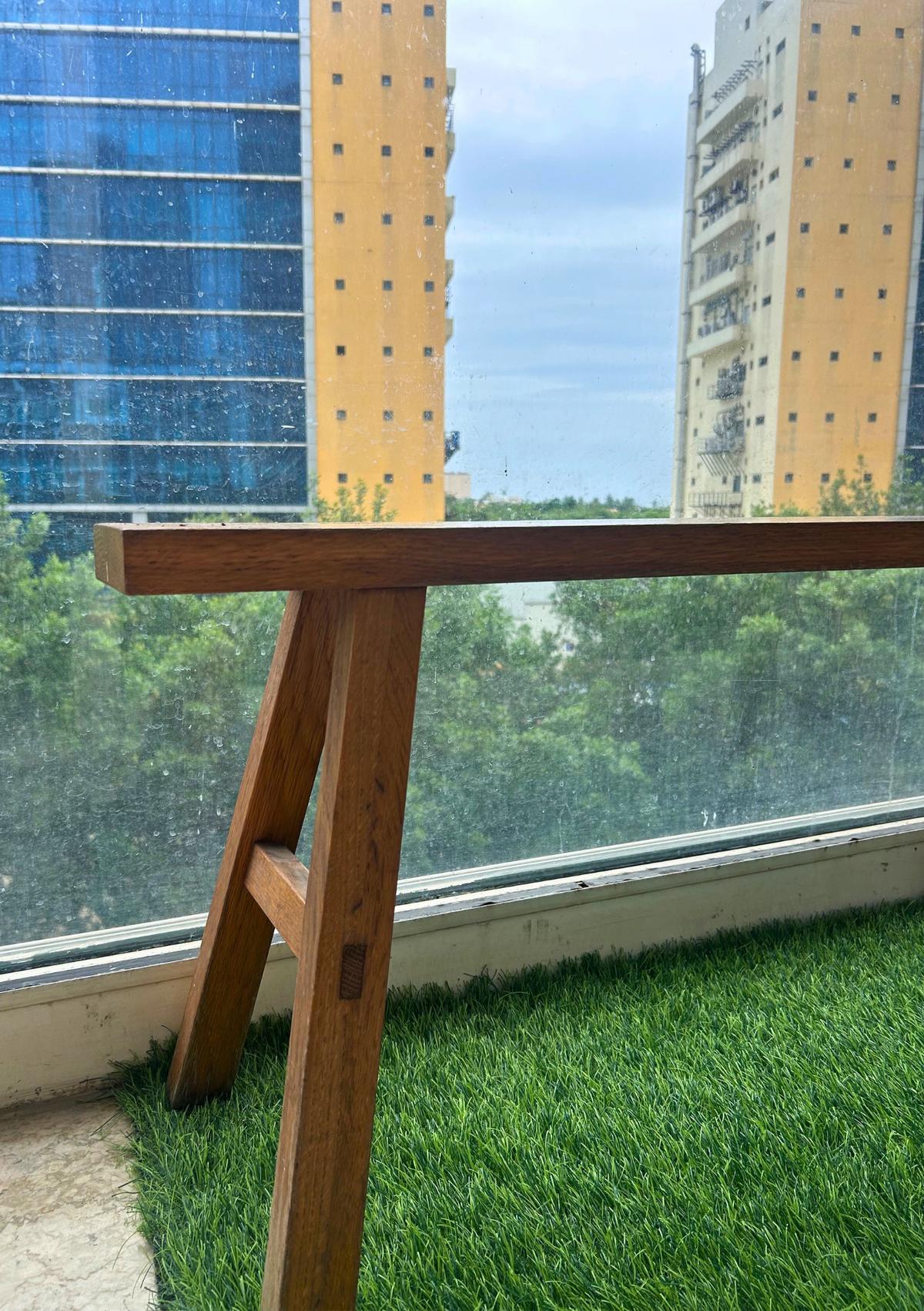
A balcony with artificial turf and a perch bench.
The same safety concerns apply to stairwells and railings, where mesh or tightly wound ropes can keep smaller dogs from falling through. Safety or structural glass for external surfaces is recommended as well. “Another concern is exposed wiring, especially if you have a curious puppy. It’s best to keep them sheathed in pet-proof protector cords, easily available online,” says Salvi.
Carefully considering furniture, paint and plant choices is crucial to creating an aesthetic and safe space for a mixed-species home. “Like you would plan a nursery, organise your house with your pet’s schedule and personality. Place a leash holder near the door, offer scratching surfaces for your cat and don’t forget to create cozy nooks where they can hang out with you. For your sofas, choose natural fabric over PU-finished products, and while picking paint, make sure it has a low VOC score (volatile organic compound),” Ganesan said.
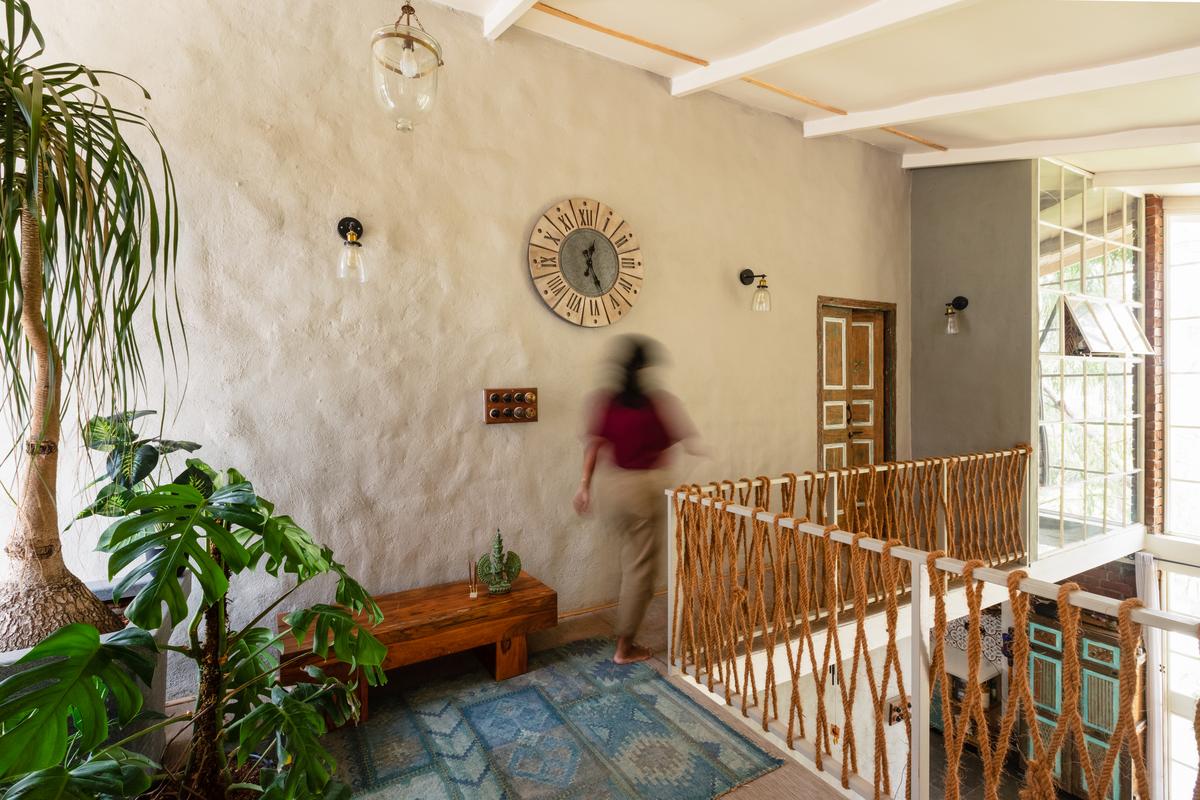
Staircase railings with protective knotting.
Plants like aloe vera, lilies and pothos can be toxic to dogs, so it’s best to check with a veterinarian before picking foliage, though Manssi assures, “If your dogs are well fed and cared for, they won’t go around any toxic plants.”
Finally, whether adopting a pet or retrofitting a house, the important checklist for any interior designer or architect is always “Accommodating the aesthetic sensibility, ease of maintenance and the comfort of both the human as well as the furry occupants of the home, at every stage and while choosing every detail,” Paul concludes.
The freelance writer is based in Chennai.
Published – August 01, 2025 05:08 pm IST




